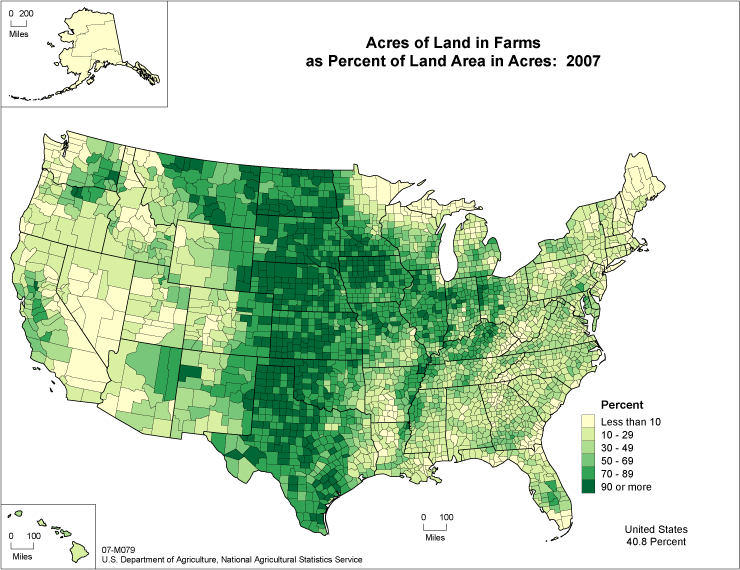Jumping back into the discussion of hydroponics, today I will be covering how hydroponic large-scale farms require much less square acreage than traditional farms and the added benefit of not having to transport the produce much after growing. These two points may not seem that connected, but with a significantly decreased footprint size, hydroponic farms can be placed in many areas that are impossible for regular farms, which means they can geographically be much closer to consumers – reducing the need for long distance transportation of goods!
I will start off by explaining how hydroponics can allow for vertical farms. Because there is no need for soil and sunlight can be artificially produced near each plant, there is no reason to stop us from stacking a hydroponic farm on top of another one! Each level just needs three basic components: 1) a growing medium, 2) a way to get nutrients to the plant (spraying or dipping the roots into a nutrient solution), and 3) lighting (usually LED grow lights). With these three components, farms can be stacked over and over again, each time getting more yield for the square footage. This yield per square footage matters, because current farms require a lot of our land and that may not be sustainable in the future.
Farms in the US use a fair amount of land to grow enough food to feed our people and our livestock. However, the population is increasing and becoming much more urban, meaning that we have to either allocate more land for farmland or become more creative.

In a study from 2015, researchers concluded that “hydroponics offered ~11 times higher yields per unit area, but required ~82 times more energy compared to conventionally produced lettuce” (ncbi.gov). Energy use is the main downside of hydroponics, but I know that by now, the number is less than 82 times. For one, the electricity used in lighting these farms is about 75% of the total energy costs. Everything else doesn’t require that much energy (including pumps, temperature control, and automation) is much less. Lighting efficiency has increased by a factor of 1.5 since the study was conducted in 2015 (as you can see in the graph below).

Additionally, this 82 times more energy required for hydroponics doesn’t account for the energy required to transport crops from the Midwest into major cities to be sold multiple days after harvest. Hydroponics facilities would be able to be built on the edges or even inside major cities, so crops would be way more fresh and have less transportation costs (including gas to run the truck and energy to keep refrigerated trucks cool).
In brief, the energy use of hydroponics is the main thing holding it back (specifically the energy required for creating so much artificial light), however I know that there will be a place for it in society. At the moment, that looks most promising in cities because they would be able to be built very close and supply many people, or in desert/tundra regions where there is very little native food available to be grown. Next week, I will address how hydroponics has a strong chance of being implemented in desert regions like the middle east because of the minimal water it uses!

Great blog post as usual! I like how you broke down exactly why its both possible and beneficial to have vertical farms. I certainly hope their energy use can be made more efficient! Looking forward to next week’s blog!
Great blog Luke. Hydroponics is a really exciting concept and I am excited to see it in action here in the USA. The problem of powering these farms is still significant, but I am excited to see how newer and cleaner forms of energy production (like fusion) work together.
Hydroponics keeps sounding cooler and cooler. However, 82 times more energy is so much, even with the reductions you’ve talked about. We’ve really gotta work on that. Fresh crops sounds great! And I want to stacks of gardens so high that there are just skyscrapers of farms. That would be fun.
I would love to see massive hydroponic farm in the cities! It seems like it really is the future. The amount of energy it takes is concerning, especially because right now that would mean more carbon emissions from burning fossil fuels, but once clean energy is more prevalent, this seems like a no-brainer. Again, it’s fun to hear about something that you’ve become so passionate about.
This definetly sounds like something doable and “space conserving”. I think your blogs could really use some artistic interpretations of what those kinds of farms would look like, futuristic and grand. I can’t wait to see how you will develop implementing these into deserts!